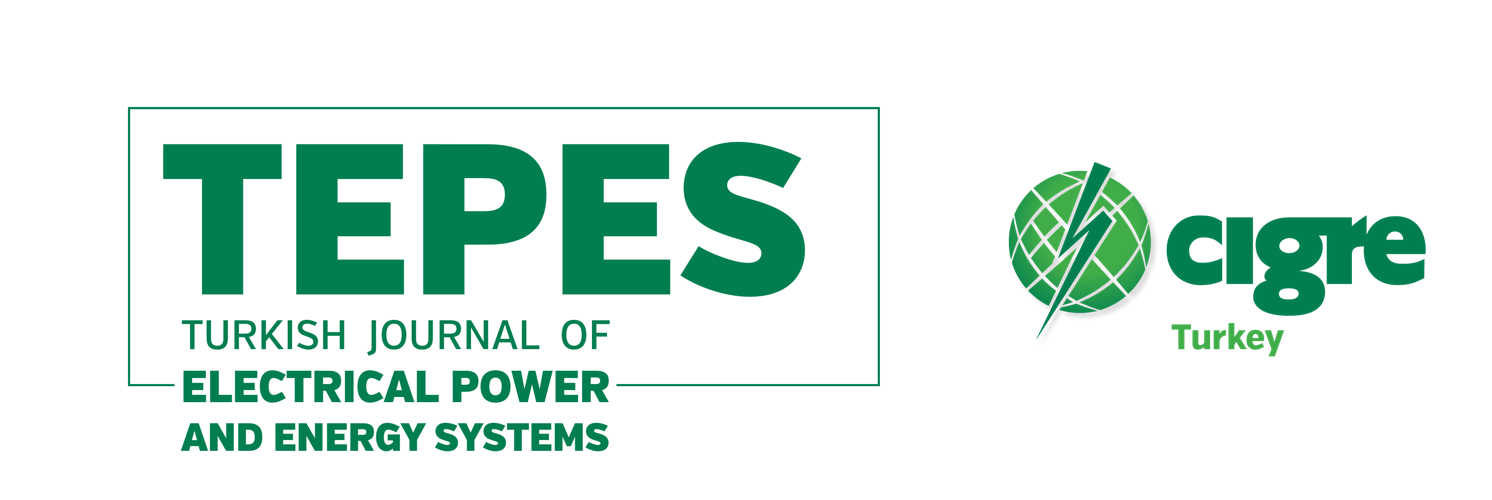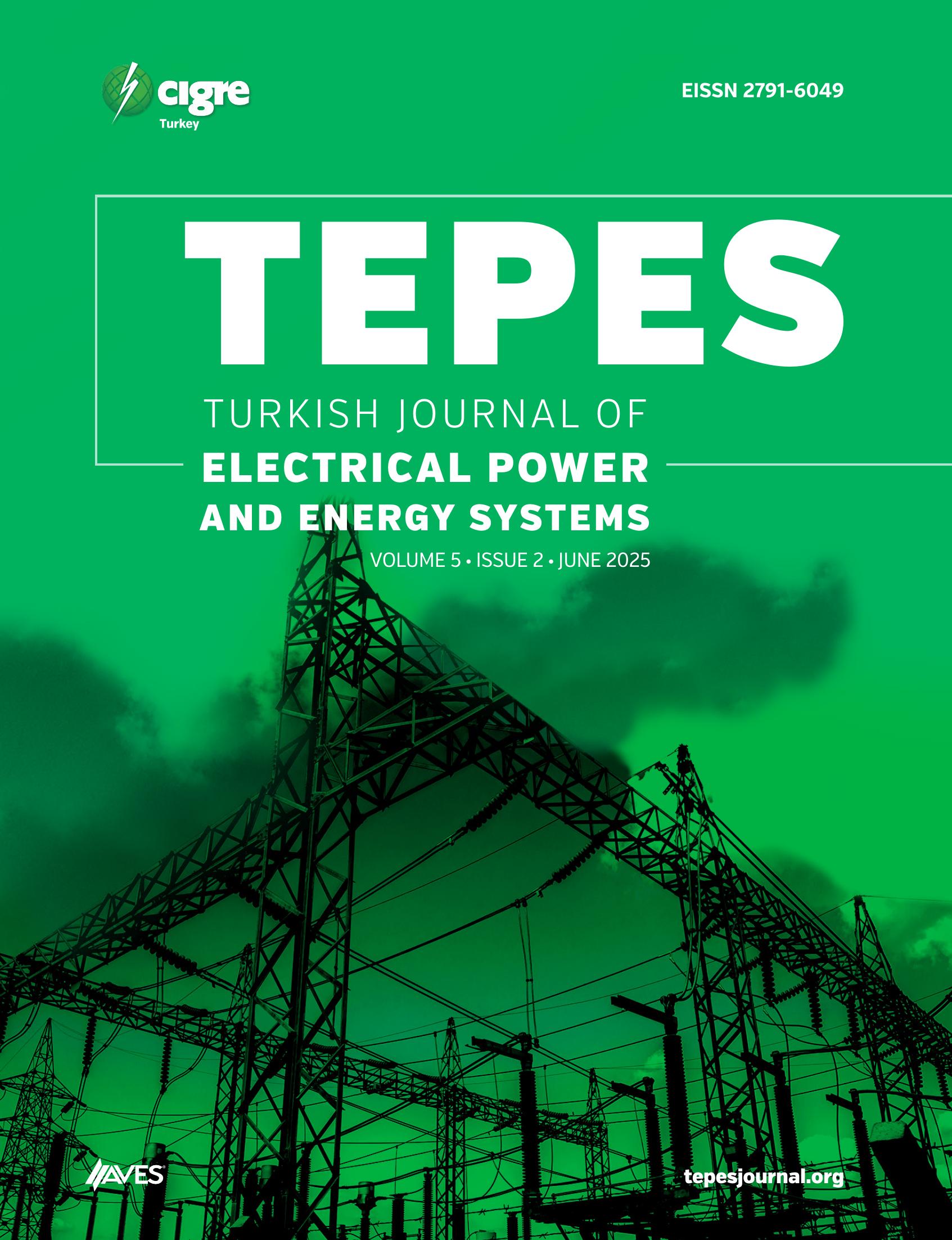High-voltage insulators in different atmospheres such as industrial, coastal, and desert regions are faced with temperature, heat, and conductivity changes that are difficult to predict due to factors such as wind, humidity, and precipitation. All of these lead to the formation of pollution layers with different conductivity on the insulator surface. Therefore, surface pollution is generally non-uniform. In this paper, e-field and potential distributions were investigated for non-uni- form pollution by applying 20 kV to a 3-unit (U70-BLP) insulator string. The insulator string was modeled in 3D in the COMSOL Multiphysics program using the finite element method. The pollution layer was modeled by a layer of 0.5 mm thickness on the insulator surface. In uniform conditions, pollution conductivity was the same all over the surface. Non-uniform pollution was considered in two ways. First, the conductivity of the pollution was randomly distributed on the surface by forming data at certain ranges. Second, two pollution regions with different conductivity were defined, upper and bottom. The results showed that the non-uniform distribution of the pollution conductivity changed the distribution of the electric field strength and potential across the surface. The most remarkable changes were observed in the pin and cap regions where the radius of curvature was small. In regions where the pollution conductivity increased, the e-field decreased and the potential distribution approached the linear state.
Cite this article as: I. Görgöz & M. Cebeci. The effect of non-uniform pollution on the field distributions of insulator string. Turk J Electr Power Energy Syst,2022; 2(1): 66-74.








